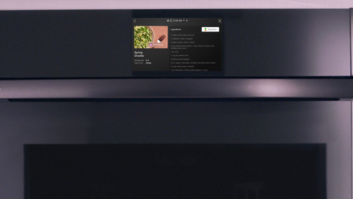In a major turnaround, the research firm In-Stat/MDR is no longer forecasting that DSL will overtake cable as the most widely used technology getting broadband into consumer’s homes.
New data from the company indicates that cable will slowly pull farther ahead of DSL with the total number of U.S. cable modem subscribers expected to hit 29 million by 2007, compared with the 18.3 million anticipated DSL subscribers. This includes home and business consumers. In-Stat/MDR research pegs the number of cable subscribers in 2003 at 15.8 million, well ahead of the 9.6 million DSL users.
“U.S. DSL growth hasn’t been as strong as predicted, while cable-modem sub growth has actually exceeded forecasts,” said Mike Paxton, In-Stat’s senior analyst for converging markets and technologies.
Last year In-Stat expected DSL to overtake cable during 2004. At that time the company gave the advantage to DSL because the telephone companies that support it have an almost 100 percent penetration rate into U.S. households and businesses. While cable is in a majority of homes, it could not make much of an inroad into businesses.
At that time analysts believed the regional Bell operating companies (RBOC) would invest more heavily in spreading DSL access, which would push DSL past cable. Instead the RBOCs have limited recent infrastructure investments for a number of reasons, said Paxton, including regulatory concerns and Wall Street’s insistence that the telco’s cut down on their debt load. This has resulted in the fact that many areas in the United States still cannot receive DSL service.
However, on a worldwide basis the original In-Stat report holds true, with DSL overtaking cable, although this has happened earlier than originally forecast. Starting in 2003, 36.3 million people worldwide were DSL subscribers, compared with 23.1 million cable users.
In-Stat listed only 82,000 people worldwide using a satellite service in 1999, but this grew to 685,000 in 2003 and should double by the end of 2004.
Fixed wireless broadband may hold an even greater potential. About 2.1 million people used this system in 2003 and In-Stat expects this figure to grow by about 1 million per year for the next two years.
Worldwide Broadband Subscribers: 5-Year Forecast by Access Technology
With 1999- 2002 historical totals (Subscribers in Thousands)













